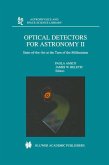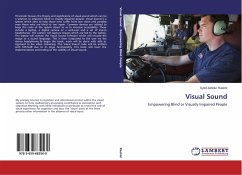Please note that the content of this book primarily consists of articles available from Wikipedia or other free sources online. Three-CCD or 3CCD is a term used to describe an imaging system employed by some still cameras, video cameras, telecine and camcorders. Three-CCD cameras have three separate charge-coupled devices (CCDs), each one taking a separate measurement of red, green, and blue light. Light coming into the lens is split by a trichroic prism assembly, which directs the appropriate wavelength ranges of light to their respective CCDs.Compared to cameras with only one CCD, three-CCD cameras generally provide superior image quality and resolution. By taking separate readings of red, green, and blue values for each pixel, three-CCD cameras achieve much better precision than single-CCD cameras. By contrast, almost all single-CCD cameras use a Bayer filter, which allows them to detect only one-third of the color information for each pixel. The other two-thirds must be interpolated with a demosaicing algorithm to ''fill in the gaps'', resulting in a much lower effective resolution.
Bitte wählen Sie Ihr Anliegen aus.
Rechnungen
Retourenschein anfordern
Bestellstatus
Storno








